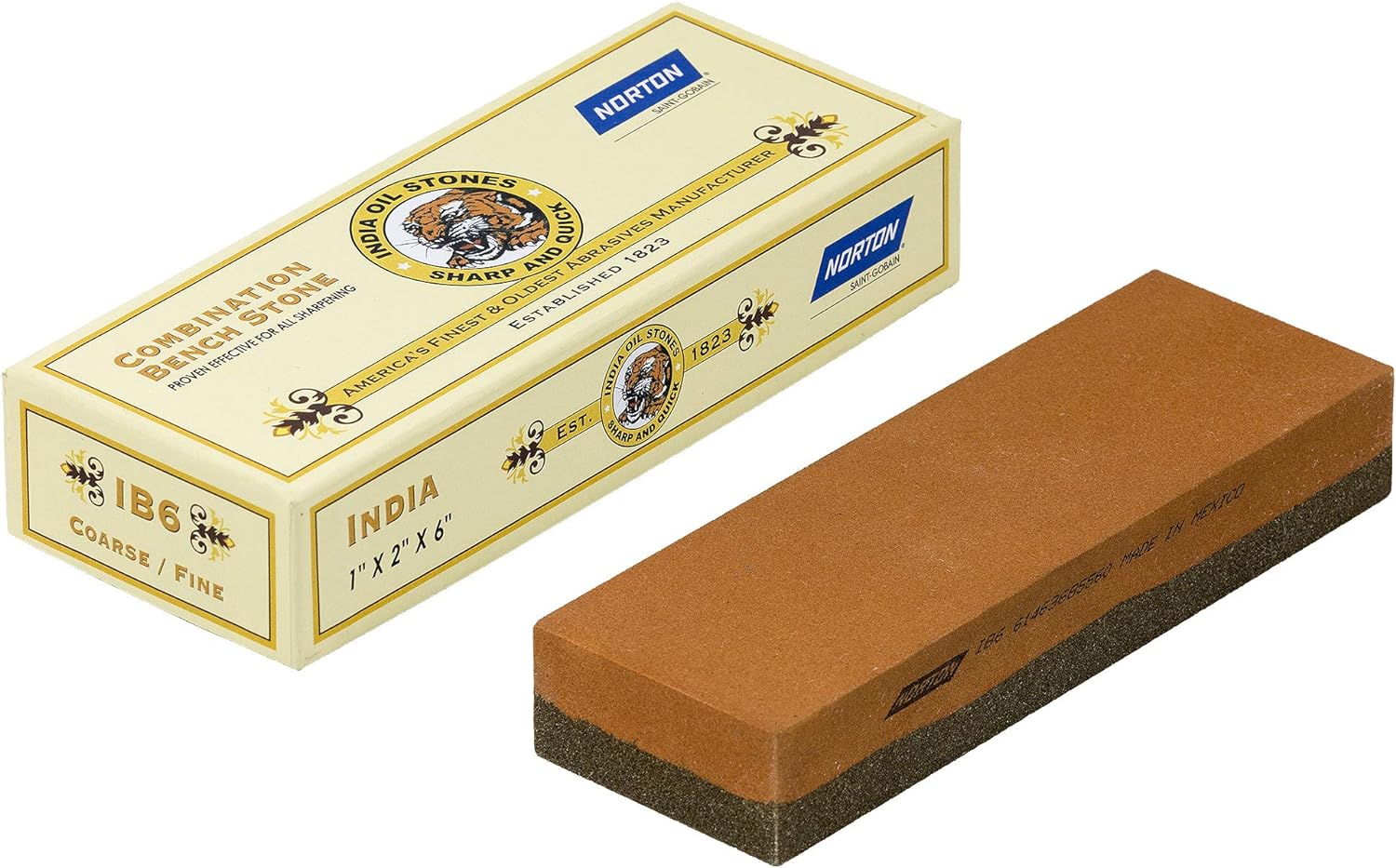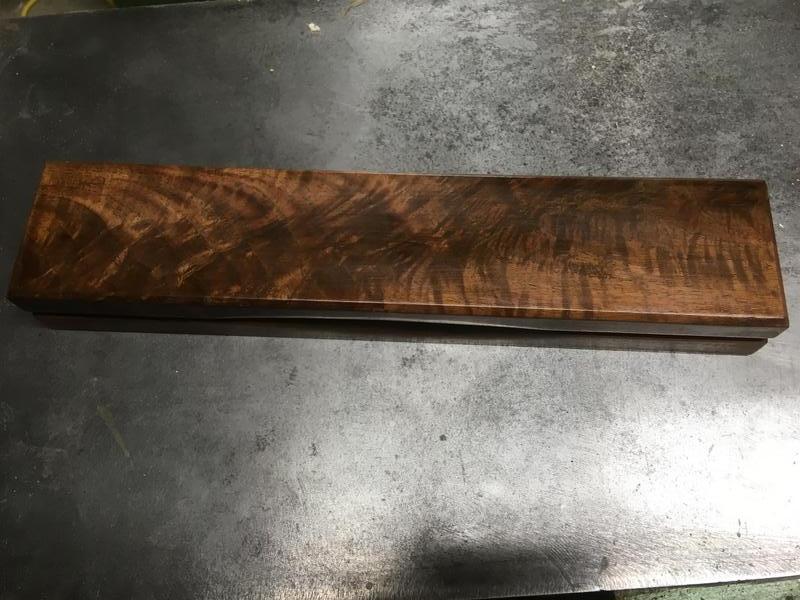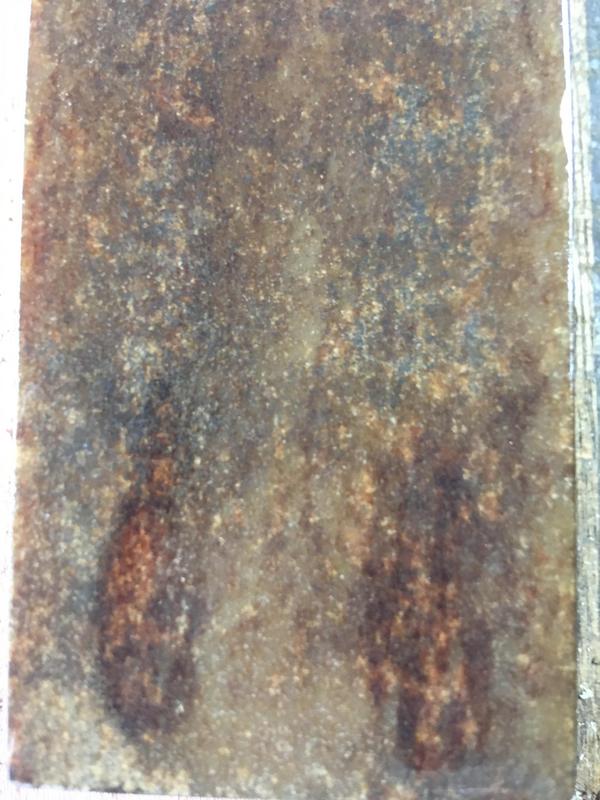I'd be looking for Ultex hones (if their on that frequent half price sale for a tenner each, that is)
If not, I'd be looking for three similar priced or cheaper diamond hones that are bonded to a heavy nickel coated steel plate.
I don't like double sided hones as it will get contaminated with grit unless you have
a holder suspending them in a device.
You can go even cheaper and get the DMD card type, but you might want to bond them to something heavy.
The diamond hones will get your irons flattened, and by the time you've done a few chisels and plane irons, the finest one should be getting more suitable for a keener edge.
A good idea to condition them first is by lapping, as there is no pointy edge to pick up the fresh loose diamonds and pull up a patch of them.
That's not saying that they can't be stripped by the back of a plane iron or chisel, especially if there is a very concave shape,
but if you are aware that sharp sides can shear diamonds off the edges of the hones, it wont happen, and they will last you if you don't gouge the corners of the irons into them.
All in all, the least amount of faff to be concerned with, but the main pros in my view is...
No danger of them dropping, if you don't have a sharpening station.
Will stay flat, so will take many factors out of the equation, so you can be sure that a certain technique will be repeatable, or figuring out something is not down to a hone that's gone out of flatness.
No maintenance, which kind of goes back to the second point,
being able to just zone into the technique, and not being concerned with covering every centimeter of the whole stone, or lip on an edge of a wearable hone,
This can cause headaches trying to concentrate on, and when you come off the stone wrong and take a chip off the edge, its no fun.
Cheaper than the rest too, diamonds pale in comparison to the price of waterstones, especially the ones what Cosman uses.
Pick up the oil stones at a boot sale sometime.
Tom





































